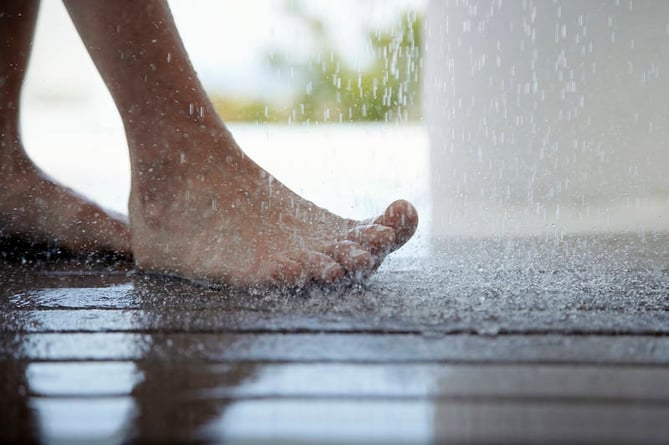Why Are People Moving Away From Traditional “Tile & Tray” Shower Installations?
Posted by Mark Peers

For many years, tile and tray shower cubicles have been the norm in most universities and residential organisations. It is easy to see why. The materials required were fairly cheap and the cubicles themselves were simple to design. Showers could be installed as part of a new building during the construction phase, ruling out separate procurement costs. Ongoing maintenance and reactive repairs could easily be incorporated into an estate maintenance budget.
This convenience ensured that tile and tray showers became the received wisdom for all organisations looking for cost-effective shower solutions. However, there are several hidden costs to conventional tile and tray showers that are stimulating a move away from this form of constructional altogether – in favour of modular shower pods.
These are the main disadvantages of tile and tray shower installations:
1) High Long Term Cost
Individually, tiles and trays can be fairly cheap. Builders can also take advantage of economy of scale by buying in bulk when installing a large number of showers. This is one of the appeals of traditional tile and tray showers: it allows architects and builders to offer their clients competitive upfront quotes by minimising their shower expenses.
However, these cubicles are only cheap in terms of upfront material expenditure. Over the course of its life, a shower may require several complete changes of tiles, one or more replacement trays and countless mastic and grout replacements. The total cost of a traditional shower is many times what you might expect by looking at the initial quote.
Materials are only one part of the equation. The most expensive part of installing a shower is the labour involved. Fitting shower cubicles in a complete residential block can take a team of contractors many days to complete, an expense which very quickly mounts up. Then there are the ongoing cleaning and maintenance expenses, not to mention any money that needs to be spent on reactive repairs.
2) Installation Problems
It is difficult to install a traditional shower without making a lot of mess! Tiles, plaster and grout all produce large quantities of dust, which doesn’t always stay in one place. Dust, mud and debris are usually spread throughout the newly completed building on the bottom of boots and bags, adding to the clean-up operation.
Traditional shower installations also present a management problem, owing to the diverse group of tradespeople required to bring all the elements together. To complete the project you will need the services of a plumber, tiler, electrician and possibly a plasterer as well. These contractors need to be carefully coordinated and managed by the site Project Manager in order to avoid unnecessary delays.
3) Risk of Leaks
The most serious drawback of conventional shower construction is the ever-present risk of leaks. It is difficult to mitigate against leaks when mastic and grout degrade over time, and microscopic cracks begin to appear in the tile work.
Leaks cost university estates thousands of pounds each year; money that could easily be saved by switching to an alternative type of shower cubicle.
Shower Pods: The Alternative
Shower pods – modularly constructed polymer shower units – provide an effective remedy to all these disadvantages.
- Despite a higher initial cost, shower pods are significantly cheaper over their full lifecycle due to their minimal maintenance requirements. You will not need to constantly replace grout, change out old tiles or re-seal the tray.
- Shower pods are quick and easy to install. Their modular sections can be safely manoeuvred around tight spaces without risk of damage to goods and property – and they take up far less storage space on site than tiles and trays. Once in position it is a simple matter for one or two contractors to install the shower pod in only a couple of hours – a fraction of the time required for a traditional shower.
- Shower pods are completely leak-free, due to their watertight intersectional joints and integrated tray. By installing shower pods you rule out the risk of water damage that all too often plays havoc around school and university campuses once showers begin to leak.
Your FREE Guide To Shower Pods
Shower pods are gaining in popularity as a cost-effective alternative to conventional shower construction in a whole range of residential buildings. To find out more about shower pods, please download our new e-book: The Shower Pods Guide. This free resource explains the differences between shower pods and traditional showers, how shower pods are used and how they can save you money. Click here to access your copy.





